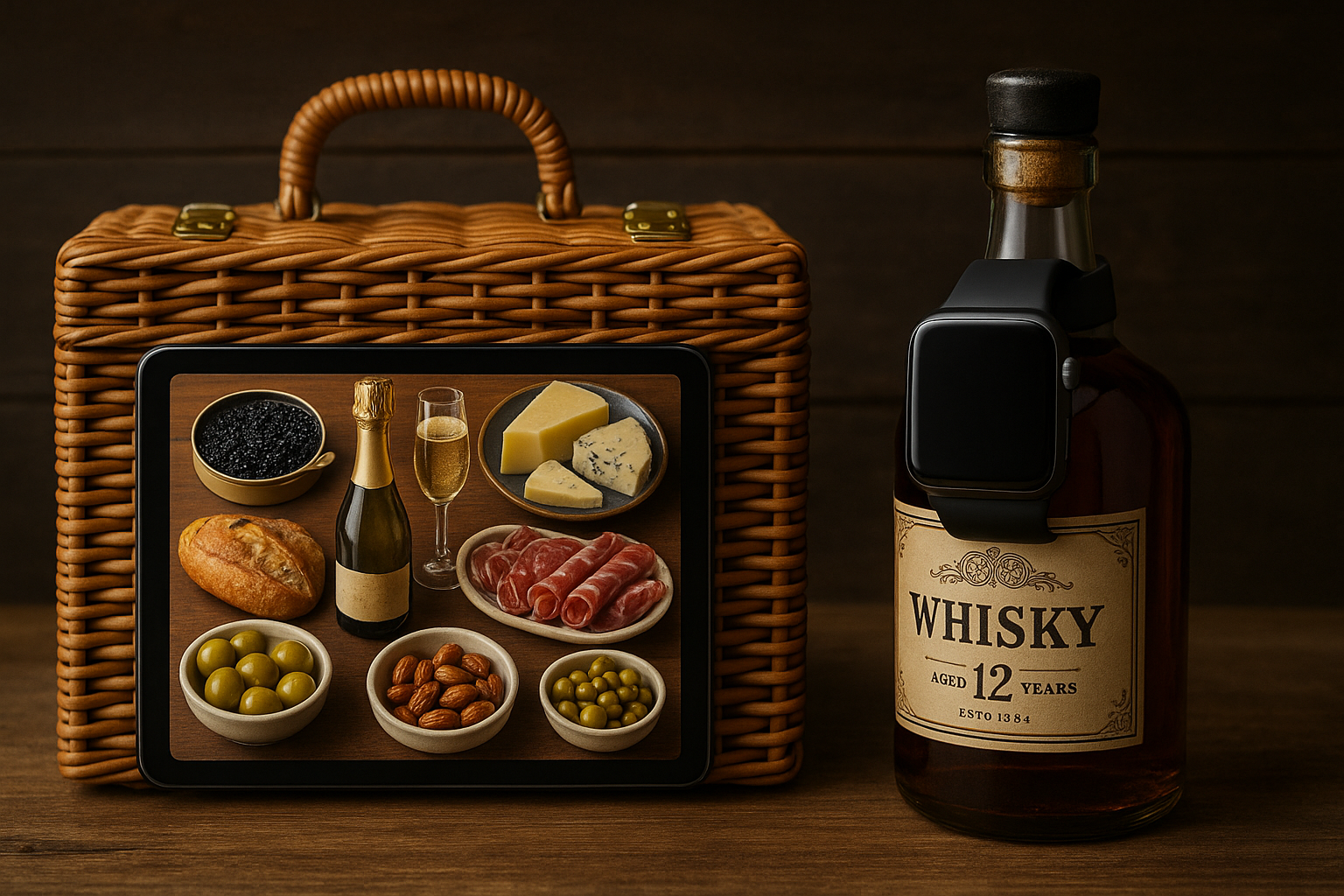Why Brands Should Consider Micro and Nano Influencers
Influencer marketing has long been a cornerstone of modern digital strategies, with brands often seeking partnerships with macro influencers to leverage their large audiences. However, in recent years, there’s been a notable shift toward working with micro and nano influencers. These individuals may have smaller followings, but they offer an authentic and cost-effective approach that’s hard to overlook.
This blog explores why micro and nano influencers are becoming a preferred choice for many brands and what professionals in all sectors should consider when building their influencer strategies.
Cost Advantages of Smaller Influencers
When it comes to working with macro influencers (those with hundreds of thousands to millions of followers) the price tag can be steep. Brands need to invest significantly to secure a post or collaboration with these large-scale influencers. The influencer marketing sector, valued at $21.1 billion globally in 2023 according to Statista, has been shaped largely by these high-ticket partnerships.
In contrast, micro influencers (those with 10,000 to 100,000 followers) and nano influencers (those who typically have between 1,000 and 10,000 followers) present a much more budget-friendly alternative. Nano influencers may even promote a brand in exchange for free products, while micro influencers typically charge lower fees compared to their macro counterparts. For brands looking to stretch their marketing budgets without compromising on quality, smaller influencers are an attractive solution.
Engagement Over Scale: The Strength of Micro and Nano Influencers
While macro influencers offer the advantage of a broad reach, micro and nano influencers excel in generating higher engagement rates. Research has consistently shown that smaller influencers maintain closer, more personal connections with their followers. As a result, their content tends to receive more comments, likes and shares compared to macro influencers. Scalefluence cited that micro influencers often achieve engagement rates as high as 8%, while macro influencers may see significantly lower figures, typically under 2%.
This increased engagement is a direct result of the trust these influencers have cultivated with their audiences. Followers of micro and nano influencers are more likely to view their recommendations as genuine, given that smaller influencers often collaborate selectively with brands that align with their personal values. This authenticity helps their content resonate more deeply with their audience, translating into more meaningful interactions for brands.

Case Study: HelloFresh’s Success with Micro-Influencers
A case study from Pimento Member, The Influence Room, highlights how HelloFresh leveraged micro-influencers to boost their brand. By focussing on influencers who shared an authentic passion for cooking and meal preparation, HelloFresh was able to engage highly relevant audiences.
Rather than opting for macro-influencers with broad reach, HelloFresh chose to work with micro-influencers who had cultivated trust with their followers. This approach allowed them to create a campaign that felt more personal and relatable, ultimately driving stronger engagement and better brand awareness. This case study is a strong example of how smaller influencers can deliver significant impact for brands, especially when targeting specific, interest-driven communities.
The Trade-Off: Niche Audiences vs Broad Reach
While micro and nano influencers are a great fit for brands aiming to engage niche markets, their smaller follower counts do present a limitation in terms of reach. For brands whose goal is broad, widespread visibility, nano influencers might not be able to deliver the numbers needed to create a substantial impact.
However, for companies targeting specific consumer segments, this smaller reach can work in their favour. Micro and nano influencers excel at reaching highly defined audiences, allowing brands to tailor their messaging and campaigns to speak directly to potential customers who are more likely to convert. This targeted approach can lead to higher engagement and conversion rates, despite the smaller overall audience size.
Finding the Right Balance
For brands considering their influencer marketing strategy, there’s no one-size-fits-all solution. Macro influencers can deliver broad visibility quickly, but they often come with high costs and lower engagement rates. On the other hand, micro and nano influencers offer more affordable, highly engaged audiences who trust their opinions and recommendations.
The key to success lies in balancing these different approaches. By incorporating micro and nano influencers into a campaign, brands can take advantage of their trusted voices and targeted reach. In doing so, they can create deeper connections with niche audiences while still maintaining flexibility in their budget.
As influencer marketing continues to evolve, brands must remain adaptable, considering both reach and engagement to ensure that their campaigns hit the mark. HelloFresh’s successful use of micro-influencers is just one example of how smaller voices can have a big impact.
To learn more about the media, content and social services Pimento offers, click here.

A Practical Guide for Luxury Marketing in 2026: Tradition, Tech & the TikTok Generation
Luxury marketing in 2026 is being pulled in two directions at once. On one side: heritage, craftsmanship, scarcity, discretion. On […]
Read more.
Why media strategy is the next growth frontier for education marketing
This year, UK higher education has seen record student numbers. While this is very positive for the sector, it has […]
Read more.
